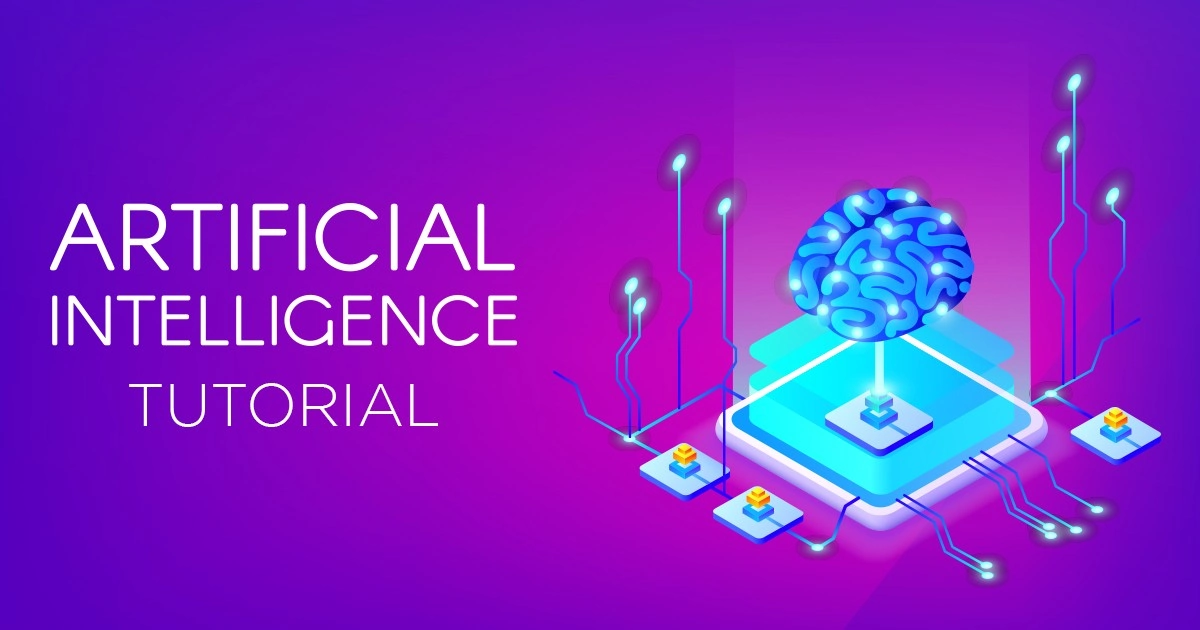A lot of beginners and several industry professionals want to learn more about artificial intelligence tutorial.
The first question that comes to their mind is which artificial intelligence tutorial to follow?
Or where to find relevant data? Or what is artificial intelligence?
However, before exploring the starting point to become an artificial intelligence expert, it is necessary to know your territory of interest.
Many experts believe that artificial intelligence is of two types: applied and research.
Cassie Kozyrkov talked about this distinction in a recent event, O’Reilly Artificial Intelligence Conference. Here’s the difference:
Applied artificial intelligence is the utilization of existing tools to extract useful information.
The open-source technology has a major role to play here for offering free, easy-to-use tools.
However, it is important to note that tools are not a magic box.
To utilize these tools effectively, most of the artificial intelligence tutorials for beginners suggest understanding the limits of these techniques.
You should know the potential biases and limitations of various models, methods, and techniques.
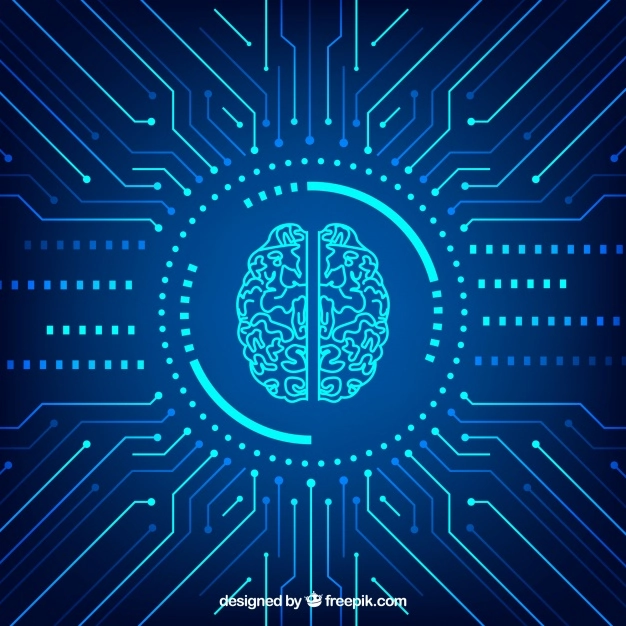
Research artificial intelligence tutorials are a lot harder than applied AI.
This is due to the fact that research AI requires you to understand math, algorithm, and several other related disciplines. For instance, how neural networks enhance the results of visual recognition.
Let’s move forward and explore what is artificial intelligence, its types, importance, and applications.
What is Artificial Intelligence?
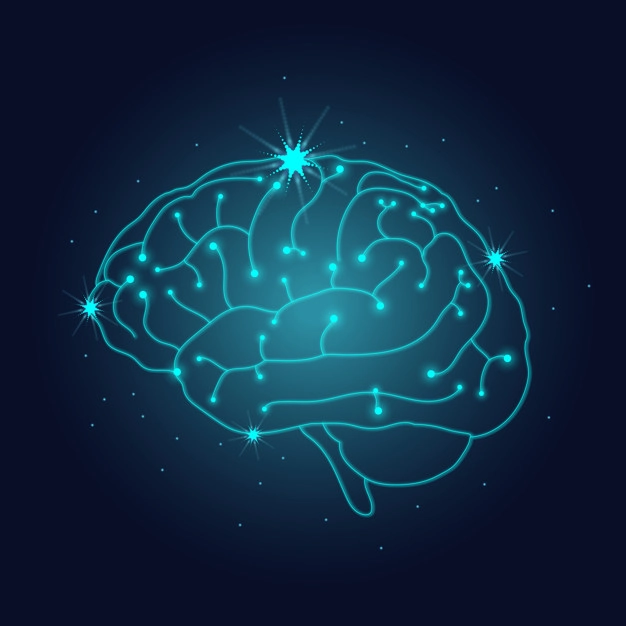
In the simplest form, artificial intelligence means creating computing systems that have the ability to perform tasks like humans or even better than humans.
It is a field of computer science that develops machines or software having human intelligence such as speech recognition, decision making, and translation abilities.
Think of Siri and Alexa, the artificial intelligence systems we utilize on a daily basis.
Types Of Artificial Intelligence
Artificial intelligence has various subdivisions and other technologies such as neural networks, machine learning, etc., but all these can be divided into three basic categories:
1. Weak Artificial Intelligence
Many artificial intelligence tutorial points also define it as narrow AI.
It is called weak because it doesn’t have any intelligence or self-awareness.
For instance, an assistant developed using narrow AI would have the capability of resolving your queries, but this assistant won’t be able to have a conversation with you.
They may have a limited perspective and learning involved in this perspective.
2. True Artificial Intelligence
True AI is also referred to as strong AI. The machines built using this technology would react similarly to human beings.
The tasks that can be accomplished by human beings can also be achieved by these machines. However, there is still a lot of research going on in this area that is yet to show results.
3. Artificial Superintelligence
Artificial superintelligence is what makes us think that human extinction can be led by machines.
Many scientists believe that this field has the power to create machines that can be better than humans in every field including creativity and intellect.
Importance of Artificial Intelligence Tutorials

One of the things that every artificial intelligence tutorial focuses on is the importance of AI in almost every field.
Everything from self-driving cars to smartwatches, a lot of aspects in our day-to-day lives utilize the power of AI.
Many businesses achieve success with the help of big data analysis offered by AI and others enhance customer experience by creating an AR experience.
Isn’t artificial intelligence spread out in many aspects of our regular functioning?
We have extracted some important key factors from several artificial intelligence tutorial points:
(i) AI automates various repetitive tasks and learning. This is usually the first point that you will find in any artificial intelligence tutorial for beginners. This technology has the ability to perform computerized, high-volume, and frequent tasks without human guidance.
(ii) AI imparts intelligence to various products. For instance, new smartphones that come with Google Assistant.
(iii) AI generates a progressive algorithm that learns over time. For example, if AI recommendations are being used in an e-commerce website, it means that this algorithm has the ability to predict what to recommend to users the next time.
(iv) Artificial intelligence tutorial offers an understanding of deep neural networks. These networks have the ability to learn from the legacy data and predict patterns.
AI provides high-level accuracy which was impossible even a decade ago. Think about it, how does your smartphone recognize your face?
Domains Included in Artificial Intelligence Tutorial for Beginners
Artificial intelligence is divided into several domains that work in specific fields. Here are a few of these domains:
1. Robotics
Robotics is a branch of artificial intelligence that focuses on creating artificial agents.
These robots work like humans and execute basic tasks such as picking, serving, moving, destroying, etc.
For example, many restaurants now have robots to serve food quickly to the relevant tables.
2. Neural Networks
Neural networks are really important in artificial intelligence. This domain forms algorithms to detect patterns and trends.
The name is based on neurons of the human brain as the structure of the neural networks resembles the human brain.
These systems learn with examples just as we learn from our mistakes or experiences.
3. Fuzzy Logic Systems
Instead of explicitly stating true or false, a fuzzy logic system tells the degree of truth.
These systems even have the capability to process noisy, imprecise, or distorted inputs.
4. Expert Systems
Expert systems judge human decision-making capabilities.
It is a machine that judges how an organization or a human being behaves or reacts according to their experience and knowledge in a given field.
5. Natural Language Processing
Natural language processing is an essential field of artificial intelligence.
It helps in various tasks such as translation, sentiment analysis, named entity recognition, topic segmentation, and speech recognition.
Applications Related to Artificial Intelligence
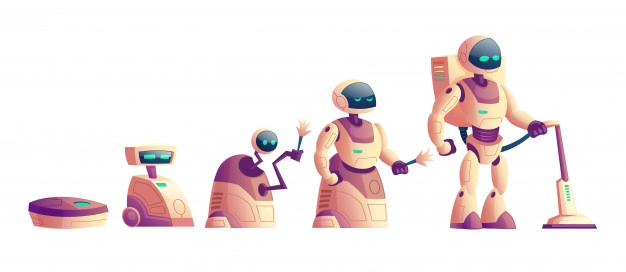
New applications of artificial intelligence emerge every day. There is no industry or field that is left untouched by this intelligent technology.
Below are some of the leading applications extracted from artificial intelligence tutorial for beginners.
1. Machine Translation
Machine translation is a field of artificial intelligence and computational linguistics that allow translation from one language to another.
Artificial intelligence tutorial points help in machine translation through neural models developed by Microsoft, Google, Amazon, etc.
These systems additionally assist in estimating turnaround time, reviewing linguistics, analyzing files, managing language resource, etc.
2. Speech Recognition
Similar to machine translation, speech recognition is a field of artificial intelligence that recognizes the voice and converts it to text in a computer system.
Many effective speech recognition methods utilize long short-term memory system by deep learning.
3. Chatbots
Chatbots are definitely one of the most useful and valuable inventions of artificial intelligence. These are messaging bots that respond to users and solve their queries.
These bots have natural language processing capabilities that help them to analyze the question raised by the user and answer it appropriately.
Some bots are intelligently programmed to learn from past experiences and hand over the conversation to a human representative in critical situations.
4. Facial Recognition
Facial recognition is an ability given to the machine to recognize the facial pattern of a human. These machines compare the facial features of the human to the ones given in the database.
This artificial intelligence system is also referred to as biometric artificial intelligence as it analyzes the unique patterns of the face of an individual based on facial shape and texture.
5. Virtual Assistants
Virtual assistants are often used synonymously to chatbots but they are not.
Most of the virtual assistants now have the ability to interpret human voice and respond in a synthesized voice. For instance, Alexa.
It is also the basic function of virtual assistants to interpret voice commands and execute them accordingly.
How to Get Started?
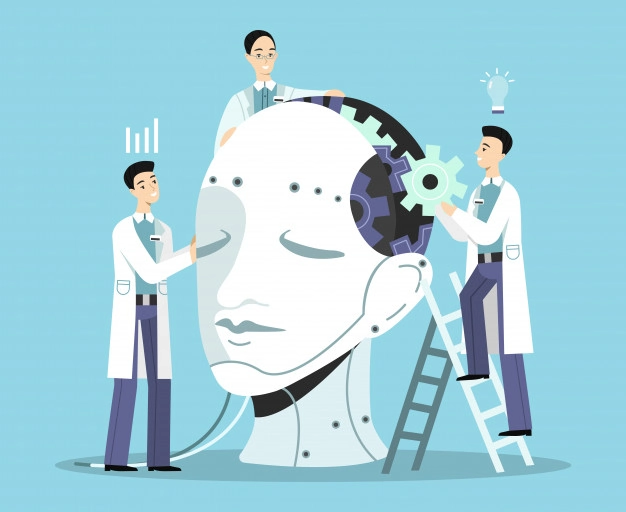
To get started with Artificial Intelligence, you need to first learn the basics of the following technologies.
Many artificial intelligence tutorials start with Python as it is best suited if you want to learn machine learning.
1. Learn SQL And Python
Python language allows you to maximize your knowledge of hardware. This language is used in collaboration with C and C++ and it delivers high-performance due to great libraries and toolkits.
SQL is necessary for effective functioning. For instance, if your AI needs to work on updated data and most of your data is in a relational database, then you need to know SQL for correct execution.
2. Learn Machine Learning
Machine learning is an essential aspect of computer program development. It allows your systems to automatically learn from experiences and implement this knowledge for future enhancements. All this without human interference.
3. Learn Probability Theory and Statistics
If you want to enter the field of machine learning, then probability theory and statistics are both the foundation of this domain. For deep understanding, you need to learn statistics and probability theory concepts such as Bayes’ theorem.
Conclusion
Looking at the popularity of artificial intelligence and the machines powered by it, it is one of the best fields for budding professionals.
You can start with basic artificial intelligence tutorials and then move forward to domain-specific knowledge.
Many people prefer gaining knowledge of more than one domain as it is always interconnected such as machine learning and natural language processing.
Give your career a right start and bit-by-bit keep adding information to your knowledge base.
Enrolling in the Data Science Master Course can help you elevate your career as a Data Scientist.
